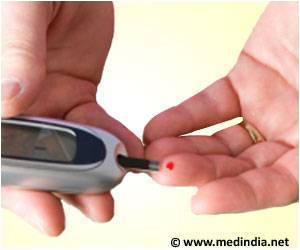
"Cardiovascular disease (CVD) is a major public health problem. Identifying novel risk factors for CVD, including widely prevalent environmental exposures, is therefore important," according to the study background.
Anoop Shankar, M.D., Ph.D., and colleagues from the West Virginia University School of Public Health, Morgantown, examined the association between serum (blood) levels of PFOA and the presence of CVD and PAD, a marker of atherosclerosis, in a nationally representative group of adults. The study used merged data from the 1999-2000 and 2003-2004 National Health and Nutrition Examination Survey (NHANES).
The study suggests that increasing serum PFOA levels were positively associated with the presence of CVD and PAD, and the association appeared to be independent of confounders such as age, sex, race/ethnicity, smoking status, body mass index, diabetes mellitus, hypertension and serum cholesterol level, the authors comment.
"Our results contribute to the emerging data on health effects of PFCs [perfluoroalkyl chemicals], suggesting for the first time that PFOA exposure is potentially related to CVD and PAD. However, owing to the cross-sectional nature of the present study, we cannot conclude that the association is causal," the authors comment.
Compared with the reference level of PFOA in quartile 1, the multivariable odds ratio among participants in quartile 4 was 2.01 for CVD and 1.78 for PAD, according to the results.
Advertisement
Source-Eurekalert









